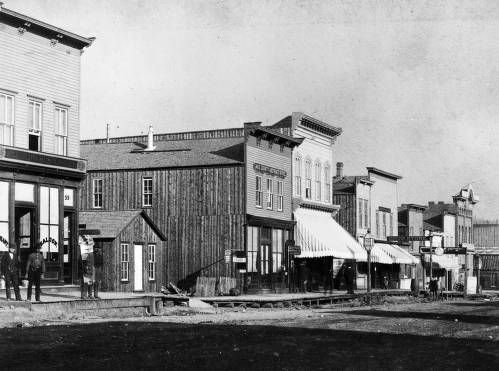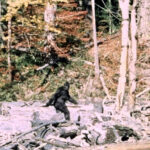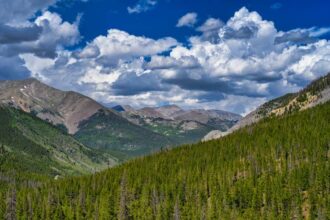Whether you call them streets, avenues, or boulevards, these roadways are essential paths connecting homes, businesses, and communities. They not only guide us from point A to point B but also hold clues to a city’s story — and in Leadville, those stories run deep.
Back in Leadville’s early mining boom, there were no postal services or formal house numbers. If you needed to find someone, you turned to the city directory. These directories listed locations with vague descriptions like “one door west of the barn,” a far cry from modern digital tools like Google Maps.
Did you know Chestnut Street was once the town’s primary road, dividing the city into northern and southern sections? Interestingly, Pine Street—not Harrison Avenue—used to mark the boundary between the east and west sides. By early 1878, Leadville had five designated east-west streets: Front (just north of the Oro City and California Gulch), Elm, Chestnut, State, and Main. Running north-south were Harrison, Pine, Spruce, and Leiter.
The Story Behind Harrison Avenue
Despite what some may assume, Harrison Avenue wasn’t named after President William Henry Harrison. Instead, it honored Edwin Harrison, a local smelting pioneer whose influence and affluence played a pivotal role in the town’s development. As his reputation soared, so did the prominence of the street bearing his name. By the spring of 1879, a major shift occurred: traffic and business activity began gravitating toward Harrison Avenue, reshaping Leadville’s street grid permanently.
This change prompted a reconfiguration of the city’s address system. Comparing the city directories from 1879 to 1880, you’ll find the same businesses listed under different addresses — not because they moved, but because the street layout had been redefined.
Street Naming Evolves With Growth
As Leadville expanded north and east, more roads appeared. Some had names assigned on maps but weren’t known locally by those names. In many cases, the streets were named after U.S. presidents — Jefferson, Madison, and Lincoln. Others were simply referred to by locals using informal names, often based on nearby landmarks or prominent neighborhood figures.
Eventually, city leaders opted to streamline things by renaming all east-west streets with numbers. While this plan worked overall, old habits die hard. Chestnut Street remained untouched, retaining its original name. State Street was renamed 2nd Street, but its old name lingered into the mid-20th century — especially on the block between Harrison and Pine, still known today as “Old State Street.”
New Streets, New Eras
New neighborhoods like the one off County Road 4 introduced roads like Ranch Road and Alpine Cirque — yes, an alpine cirque in Leadville! West Park features streets named after Colorado’s famed 14ers, while Gem Valley boasts streets like Ruby Lane and Turquoise Street.
For long-time locals, Harrison Avenue became more than just a road — it was a cultural divider. Many remember strict instructions from parents not to cross over to the “other side.” As one resident put it, “We knew we had made it when we moved to the west side.”
The Streets Are Changing — Again
Fast forward to today, and another shift is taking place. A major construction effort is underway on Highway 24, from Mountain View Drive to Elm Street. Officially known as the US 24 Leadville Overlay & ADA Ramps project by CDOT, it marks a significant overhaul of local infrastructure.
While the Summer of 2020 was already disrupted by the COVID-19 pandemic, this long-anticipated road reconstruction adds another layer of complexity — especially for businesses along Harrison Avenue. Expect road closures and interruptions as this two-mile stretch undergoes resurfacing and upgrades.
But there’s a silver lining. Leadville Today is launching a Utility Update Series to keep you informed. The series will cover not only CDOT’s project but also:
- Xcel’s return with the “Leadville Natural Gas Project”
- Recent improvements at Parkville Water District’s treatment facility
- Developments within the Leadville Sanitation District
These infrastructure updates might be inconvenient, but they’re also a sign of progress — ensuring the city’s roads, water, power, and sanitation systems are future-ready.
Even better, many city and county meetings are now virtual, giving residents a voice from the comfort of home. Through platforms like Zoom and online town halls, locals can now participate in important decisions shaping their community.
Stay tuned to Leadville Today for updates, contacts, links, and how you can get involved in shaping the next chapter of this historic town.
Fire Ban Status: What You Need to Know
As of May 1, Lake County Sheriff Amy Reyes officially lifted the Stage Two Fire Ban, originally enacted on April 9. The ban echoed a similar order issued by Acting USFS Regional Forester Jennifer Eberlien.
According to Sheriff Reyes, the fire ban is no longer in effect for Lake County, but it remains active on BLM and U.S. Forest Service lands. Residents are urged to know the ownership status of the areas they plan to visit or camp in, as enforcement still applies on federal lands.
Originally, the fire ban wasn’t about fire risk but rather a lack of available support services during the height of the COVID-19 outbreak. Although the updated statement didn’t clarify whether those mutual-aid concerns have been resolved, residents should remain cautious.













